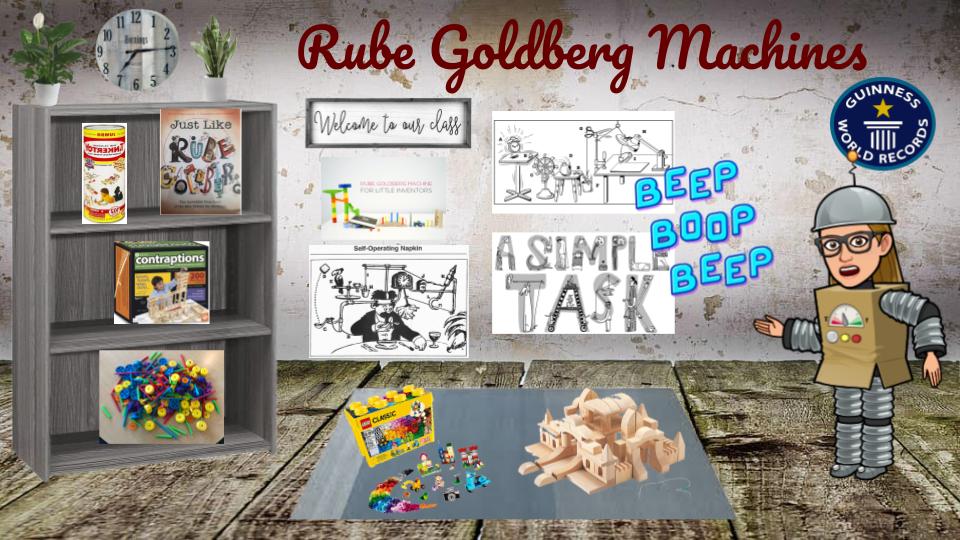When the pandemic caused school closures educators were asking themselves “how do I teach my students virtually?” It was a question that caused many restless nights for this educator. Luckily I am not a stranger to integrating technology in my classroom but this was no longer my ‘regular’ classroom so the integration needed a face lift. It became apparent that other educators thought the same.
Unknowingly the need for support resulted in collaboration throughout the United States. Fellow educators rose to the challenge of seamlessly integrating technology into now virtual classrooms. According to Edutopia, “Seamless integration is when students are not only using technology daily, but have access to a variety of tools that match the task at hand and provide them the opportunity to build a deeper understanding of content.” Various groups such as a Facebook group called Bitmoji Craze for Educators started developing and organizing creative ideas to engage students in virtual learning while allowing them to access a variety of technology tools. Teachers from all over the United States started asking questions, collaborating on units of study, sharing resources, and encouraging each other. Technology unknowingly impacted the learning journey of the educators as well as the students.

Bitmoji Room with links to books, videos, and “How To” Experiments
Educators were not the only learning institutions to find ways to use technology to continue their mission of education. The communities of the world also saw the opportunity to use technology to reach members of the public. Virtual learning programs emerged from zoos, museums, non-profit organizations, and other independent companies. Each took their own approach to keep the public informed. Places like Henry Ford Museum of American Innovation and The Hidden Worlds of National Parks brought the outside world into every home through their virtual programs. Everyone regardless of their age became available to explore places through virtual field trips, live videos, and recorded videos. Some places, like Smithsonian’s National Zoo & Conservation Biology Institute took it a step further to support educators by providing learning activities to follow the live cams or virtual field trips. Educators, like myself, immediately saw the value in these learning experiences and used these to keep students engaged in learning topics by bringing the outside world to them since we couldn’t go to it.
The Hidden Worlds of National Park Virtual Ranger Visits
Technology made it possible for educators to not feel alone. Connecting with others online can be a powerful experience, both for teachers and for students.By connecting with fellow educators in various online groups and implementing virtual learning programs a new form of collaboration took shape. Moving forward technology will continue to be an important collaboration tool not just for teachers but for students too! It truly took a village to make virtual learning an effective “new normal” in the education world.
References: https://www.edutopia.org/technology-integration-guide-description